|
|

 Es un tópico común la interpretación moralista y sui géneris que se hace el nombre dado por Cristo a los hermanos Santiago y Juan, los dos hijos de Zebedeo, como Marcos nos refiere en su Evangelio (Mc. 3:17) al hablar de los doce apóstoles elegidos por Cristo: “… a Jacobo hijo de Zebedeo, ya Juan hermano de Jacobo, a quienes dio el sobrenombre de Boanerges, es decir, Hijos del trueno «. Es un tópico común la interpretación moralista y sui géneris que se hace el nombre dado por Cristo a los hermanos Santiago y Juan, los dos hijos de Zebedeo, como Marcos nos refiere en su Evangelio (Mc. 3:17) al hablar de los doce apóstoles elegidos por Cristo: “… a Jacobo hijo de Zebedeo, ya Juan hermano de Jacobo, a quienes dio el sobrenombre de Boanerges, es decir, Hijos del trueno «.
Aunque de etimología discutida, parece que Boanerges es un nombre arameo procedente de la transliteración de los términos “ benê ” y “ regês ”, cuya traducción es, efectivamente, hijos del trueno, y donde trueno se viene a interpretar como estruendo e ira, en alusión a un supuesto temperamento fogoso y enérgico, con una disposición a la acción impetuosa y agresión que se etiquetan como “ira” y “ambición”, aspectos temperamentales que no encajan en unos jóvenes y modestos pescadores del mar de Galilea. En otros casos se alude a su afán en la difusión por el mundo de la buena nueva evangélica, en modo que se propone que el nombre hace alusión al futuro ardor como predicadores.
Y para ilustrar demostrativamente la interpretación propuesta, se recurre a pasajes de las escrituras supuestamente clarificadoras.
 En Lucas 9: 51-56 se cuenta que, cerca ya su partida de este mundo, Jesús decide ir a Jerusalén, pasando por una aldea samaritana en la que, al mandar emisarios para su alojamiento, son rechazados. “ Viendo esto sus discípulos Jacobo y Juan, dijeron: «Señor, ¿quieres que mandemos que descienda fuego del cielo, como hizo Elías, y los consuma ”. Jesús les reprende, les explica su destino y se van a otra aldea. En Lucas 9: 51-56 se cuenta que, cerca ya su partida de este mundo, Jesús decide ir a Jerusalén, pasando por una aldea samaritana en la que, al mandar emisarios para su alojamiento, son rechazados. “ Viendo esto sus discípulos Jacobo y Juan, dijeron: «Señor, ¿quieres que mandemos que descienda fuego del cielo, como hizo Elías, y los consuma ”. Jesús les reprende, les explica su destino y se van a otra aldea.
En otro pasaje evangélico (Mt.20:20-28) los hermanos envían a su madre que pida al maestro les reserve un lugar privilegiado para ellos, al parecer traduciendo una ambición desmedida en sus aspiraciones personales.
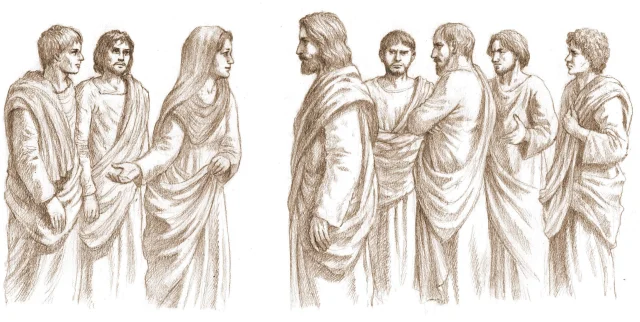
Ambos pasajes son ya próximos a la entrada en Jerusalén y la Pasión de Cristo, es decir, cronológicamente postreros en la sucesión de relatos evangélicos, y más que aspectos temperamentales de los apóstoles, expresan cuestiones doctrinales sobre la misión de Cristo en este mundo, con mensajes de enseñanza en uno y otro caso, como que él no ha venido a ser servido, sino a servir y dar su vida. Parece pueril pensar que los Zebedeo ofrecieran una propuesta realmente destructiva en términos irascibles o que ambicionaran un poder que desconocían y para el que no estaban preparados.
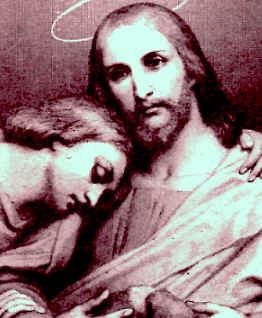 Santiago y Juan eran personas humildes, no creo que ocasionalmente irascibles ni ambiciosos, y no se puede deducir en estos pasajes ni en otros de las escrituras cual era el carácter temperamental que se les adjudica de un modo interpretativo bastante aleccionador y moralista, que además no encaja con un rasgo evidente de Juan, como la dulzura e ingenio del “discípulo amado” de Cristo acorde con una edad muy joven, diría incluso que adolescente, que justifica un trato más especial con el Maestro, ni con la más que segura humildad y carácter silencioso de Santiago que parece pasar de puntillas por las escrituras a pesar de que gusta pintar su temperamento enérgico totalmente inventado. Santiago y Juan eran personas humildes, no creo que ocasionalmente irascibles ni ambiciosos, y no se puede deducir en estos pasajes ni en otros de las escrituras cual era el carácter temperamental que se les adjudica de un modo interpretativo bastante aleccionador y moralista, que además no encaja con un rasgo evidente de Juan, como la dulzura e ingenio del “discípulo amado” de Cristo acorde con una edad muy joven, diría incluso que adolescente, que justifica un trato más especial con el Maestro, ni con la más que segura humildad y carácter silencioso de Santiago que parece pasar de puntillas por las escrituras a pesar de que gusta pintar su temperamento enérgico totalmente inventado.
Siempre me han parecido muy pocos objetivos y demasiado moralizantes y aleccionadoras estas interpretaciones que nacen de explicaciones con formato de sermón o lección; disertaciones en que se busca un sentido muy dirigido a modo de moraleja o enseñanza. No doy mucho valor a estas interpretaciones, y no creo que los pasajes reflés permitan alusiones al temperamentos de los Zebedeo, no solo porque apenas hay en las escrituras datos que permitan hacer muchas precisiones de aspectos caracterológicos y temperamentales, sino porque además no creo que el nombre Boanerges buscará identificar a los dos hermanos por un rasgo temperamental común de ambos y pienso que las explicaciones dadas no son convincentes ni objetivas.
El nombre de Boanerges es concedido a los Zebedeo en época temprana, en todo caso muy anterior a los pasajes referidos, lo que invita a pensar que el nombre no está relacionado con supuestos aspectos temperamentales comunes a ambos hermanos, sino con algo más bien próximo en el tiempo vivido por ambos. Es bien sabido que los hermanos Zebedeo fueron de los primeros apóstoles llamados por Cristo, y por diferentes referencias de las escrituras (Mt 27:56 y Jn 19:25) se deduce que eran parientes cercanos de Jesús por vía materna, seguramente primos.
 No hace mucho tiempo que han decidido dejarlo todo e irse es pos de su carismático primo, y han tenido que mostrar su decisión a un padre contrariado que tenía otros planes para sus hijos. Más que relacionado con el temperamento intuyo que el término es debido a una razón doméstica más y cercana, como un guiño familiar a una situación que frecuentemente tendrá su vis cómica y su faceta engorrosa, pero en todo caso genera un trance tenso y relevante. Me refiero a la reacción de enojo paterno, pues el apodo de Boanerges lo concede simultáneamente a los dos hermanos que, seguramente con colaboración materna, como ocurrió en otros pasajes, abandonó a su padre en la tarea de las redes, lo que también hicieron Pedro y Andrés, jornaleros en la hacienda de Zebedeo, Pedro en grado de capataz. No hace mucho tiempo que han decidido dejarlo todo e irse es pos de su carismático primo, y han tenido que mostrar su decisión a un padre contrariado que tenía otros planes para sus hijos. Más que relacionado con el temperamento intuyo que el término es debido a una razón doméstica más y cercana, como un guiño familiar a una situación que frecuentemente tendrá su vis cómica y su faceta engorrosa, pero en todo caso genera un trance tenso y relevante. Me refiero a la reacción de enojo paterno, pues el apodo de Boanerges lo concede simultáneamente a los dos hermanos que, seguramente con colaboración materna, como ocurrió en otros pasajes, abandonó a su padre en la tarea de las redes, lo que también hicieron Pedro y Andrés, jornaleros en la hacienda de Zebedeo, Pedro en grado de capataz.
 La reacción de enojo es mas que comprensible al perder de golpe su personal más fiel y cercano, incluido su mujer Salomé, que también fue del grupo de mujeres que seguían a Jesucristo. De modo que ahí tenemos a Zabedeo abandonado de su gente con su próspero negocio que había creado para ellos y que ellos abandonaban en bloque. No parece que Zebedeo fuera el santo Job de modo que no resulta difícil imaginar al viejo Zebedeo en clara actitud de enojo practicando algun gesto apotropaico incontenible dirigido al cielo y mandando a su parentela a algun lugar poco recomendable. La reacción de enojo es mas que comprensible al perder de golpe su personal más fiel y cercano, incluido su mujer Salomé, que también fue del grupo de mujeres que seguían a Jesucristo. De modo que ahí tenemos a Zabedeo abandonado de su gente con su próspero negocio que había creado para ellos y que ellos abandonaban en bloque. No parece que Zebedeo fuera el santo Job de modo que no resulta difícil imaginar al viejo Zebedeo en clara actitud de enojo practicando algun gesto apotropaico incontenible dirigido al cielo y mandando a su parentela a algun lugar poco recomendable. Y seguramente después bajando los brazos subiendo los hombros y asumiendo los singulares valores de su extraordinario sobrino a cuya mirada se apagó todo su enojo, tras escuchar atónito su sermón desde su propia barca y protagonizar una pesca inexplicable. Y seguramente después bajando los brazos subiendo los hombros y asumiendo los singulares valores de su extraordinario sobrino a cuya mirada se apagó todo su enojo, tras escuchar atónito su sermón desde su propia barca y protagonizar una pesca inexplicable.
 Benei Regesh, en griego Boanergês, se ha convertido como «hijos de cólera», «hijos del estruendo» o «hijos de ira». Jesús dio este nombre a los hijos de Zebedeo, pero no por el temperamento de los hermanos, sino de su progenitor que, antes de rendirse a la evidencia, juró en arameo. Benei Regesh, en griego Boanergês, se ha convertido como «hijos de cólera», «hijos del estruendo» o «hijos de ira». Jesús dio este nombre a los hijos de Zebedeo, pero no por el temperamento de los hermanos, sino de su progenitor que, antes de rendirse a la evidencia, juró en arameo.




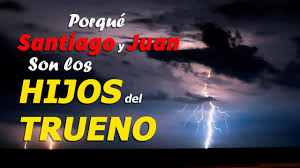  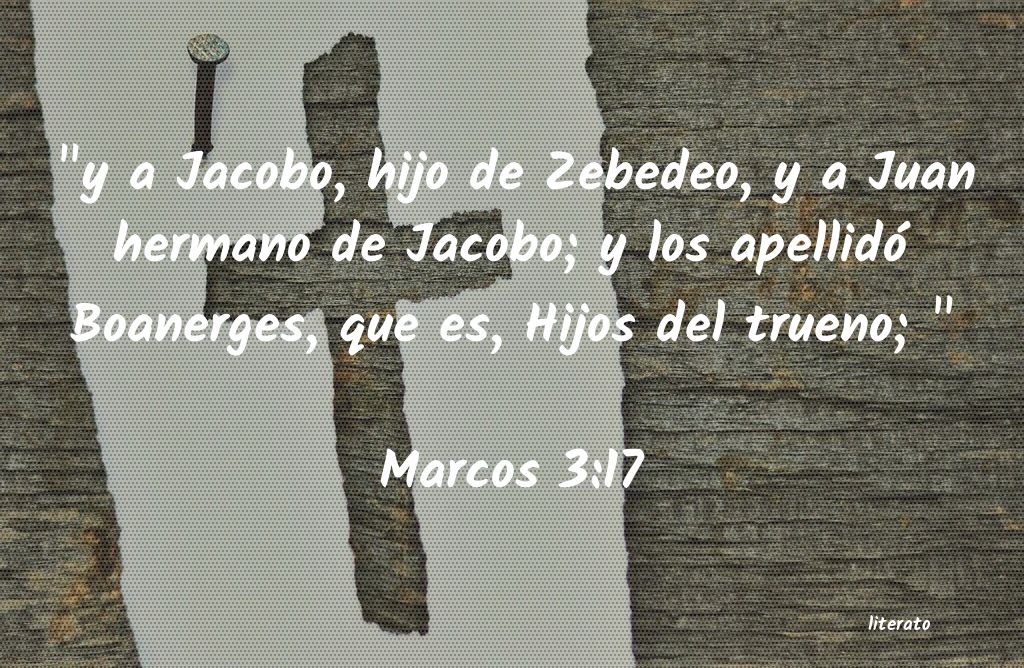 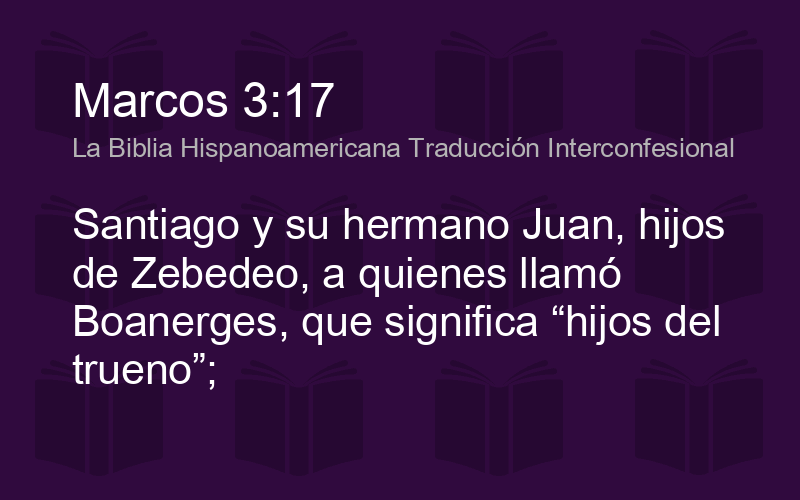 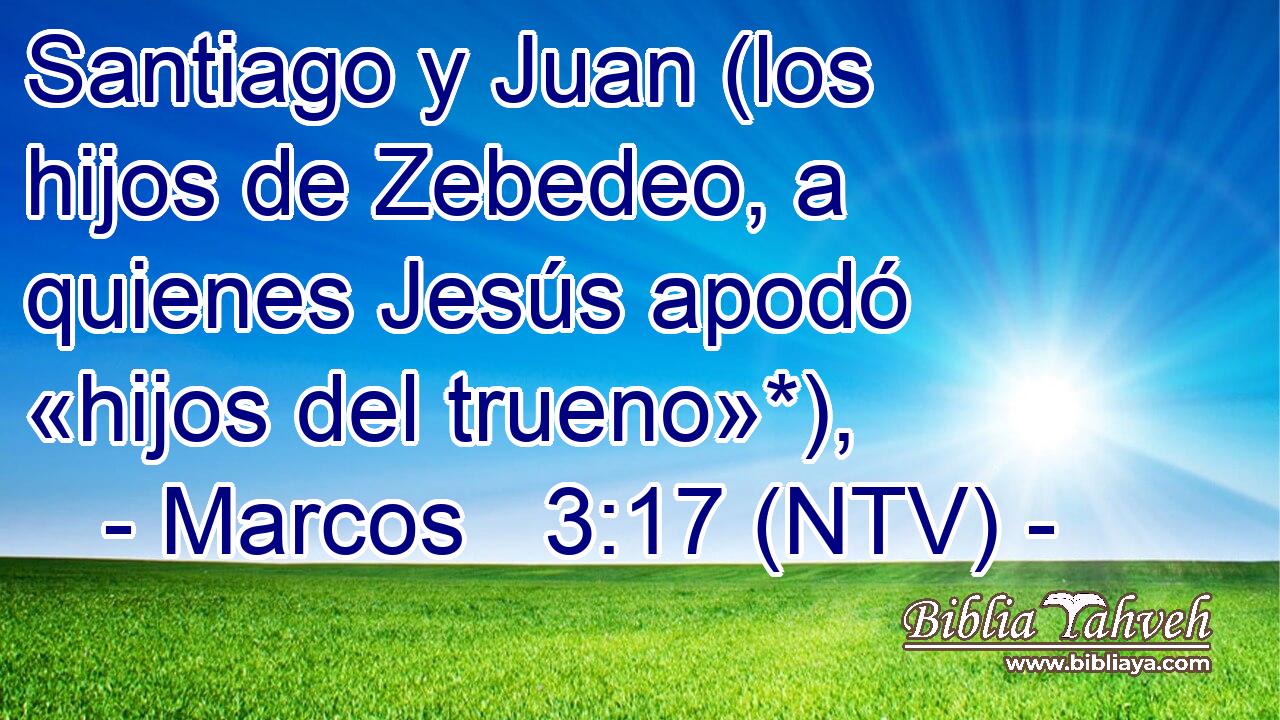

|
|
|
|
|
Why not settling on games that is fun and at the same time your earning. Well it'll make suspense because of the game as well but dude just try it and it gave me hope while pandemic is real rn. The South Koreans’ Love for Gambling |
|
|
|
|
8/8=220 DÍAS CALENDARIO GREGORIANO
|
|
|
|
|

Jordan River (Utah)
From Wikipedia, the free encyclopedia
The Jordan River, in the state of Utah, United States, is a river about 51 miles (82 km) long. Regulated by pumps at its headwaters at Utah Lake, it flows northward through the Salt Lake Valley and empties into the Great Salt Lake. Four of Utah's six largest cities border the river: Salt Lake City, West Valley City, West Jordan, and Sandy. More than a million people live in the Jordan Subbasin, part of the Jordan River watershed that lies within Salt Lake and Utah counties. During the Pleistocene, the area was part of Lake Bonneville.
Members of the Desert Archaic Culture were the earliest known inhabitants of the region; an archaeological site found along the river dates back 3,000 years. Mormon pioneers led by Brigham Young were the first European American settlers, arriving in July 1847 and establishing farms and settlements along the river and its tributaries. The growing population, needing water for drinking, irrigation, and industrial use in an arid climate, dug ditches and canals, built dams, and installed pumps to create a highly regulated river.
Although the Jordan was originally a cold-water fishery with 13 native species, including Bonneville cutthroat trout, it has become a warm-water fishery where the common carp is most abundant. It was heavily polluted for many years by raw sewage, agricultural runoff, and mining wastes. In the 1960s, sewage treatment removed many pollutants. In the 21st century, pollution is further limited by the Clean Water Act, and, in some cases, the Superfund program. Once the home of bighorn sheep and beaver, the contemporary river is frequented by raccoons, red foxes, and domestic pets. It is an important avian resource, as are the Great Salt Lake and Utah Lake, visited by more than 200 bird species.
Big Cottonwood, Little Cottonwood, Red Butte, Mill, Parley's, and City creeks, as well as smaller streams like Willow Creek at Draper, Utah, flow through the sub-basin. The Jordan River Parkway along the river includes natural areas, botanical gardens, golf courses, and a 40-mile (64 km) bicycle and pedestrian trail, completed in 2017.[6]
The Jordan River is Utah Lake's only outflow. It originates at the northern end of the lake between the cities of Lehi and Saratoga Springs. It then meanders north through the north end of Utah Valley for approximately 8 miles (13 km) until it passes through a gorge in the Traverse Mountains, known as the Jordan Narrows. The Utah National Guard base at Camp Williams lies on the western side of the river through much of the Jordan Narrows.[7][8] The Turner Dam, located 41.8 miles (67.3 km) from the river's mouth (or at river mile 41.8) and within the boundaries of the Jordan Narrows, is the first of two dams of the Jordan River. Turner Dam diverts the water to the right or easterly into the East Jordan Canal and to the left or westerly toward the Utah and Salt Lake Canal. Two pumping stations situated next to Turner Dam divert water to the west into the Provo Reservoir Canal, Utah Lake Distribution Canal, and Jacob-Welby Canal. The Provo Reservoir Canal runs north through Salt Lake County, Jacob-Welby runs south through Utah County. The Utah Lake Distribution Canal runs both north and south, eventually leading back into Utah Lake.[9] Outside the narrows, the river reaches the second dam, known as Joint Dam, which is 39.9 miles (64.2 km) from the river's mouth. Joint Dam diverts water to the east for the Jordan and Salt Lake City Canal and to the west for the South Jordan Canal.[10][11][12]
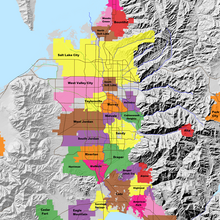
Map of the Salt Lake Valley
The river then flows through the middle of the Salt Lake Valley, initially moving through the city of Bluffdale and then forming the border between the cities of Riverton and Draper.[7] The river then enters the city of South Jordan where it merges with Midas Creek from the west. Upon leaving South Jordan, the river forms the border between the cities of West Jordan on the west and Sandy and Midvale on the east. From the west, Bingham Creek enters West Jordan. Dry Creek, an eastern tributary, combines with the main river in Sandy. The river then forms the border between the cities of Taylorsville and West Valley City on the west and Murray and South Salt Lake on the east. The river flows underneath Interstate 215 in Murray. Little and Big Cottonwood Creeks enter from the east in Murray, 21.7 miles (34.9 km) and 20.6 miles (33.2 km) from the mouth respectively. Mill Creek enters on the east in South Salt Lake, 17.3 miles (27.8 km) from the mouth. The river runs through the middle of Salt Lake City, where the river travels underneath Interstate 80 a mile west of downtown Salt Lake City and again underneath Interstate 215 in the northern portion of Salt Lake City. Interstate 15 parallels the river's eastern flank throughout Salt Lake County. At 16 miles (26 km) from the mouth, the river enters the Surplus Canal channel. The Jordan River physically diverts from the Surplus Canal through four gates and heads north with the Surplus Canal heading northwest. Parley's, Emigration, and Red Butte Creeks converge from the east through an underground pipe, 14.2 miles (22.9 km) from the mouth.[7] City Creek also enters via an underground pipe, 11.5 miles (18.5 km) from the river's mouth. The length of the river and the elevation of its mouth varies year to year depending on the fluctuations of the Great Salt Lake caused by weather conditions. The lake has an average elevation of 4,200 feet (1,300 m) which can deviate by 10 feet (3.0 m).[3] The Jordan River then continues for 9 to 12 miles (14 to 19 km) with Salt Lake County on the west and North Salt Lake and Davis County on the east until it empties into the Great Salt Lake.[7][8][11]
Discharge[edit]
The United States Geological Survey maintains a stream gauge in Salt Lake City that shows annual runoff from the period 1980–2003 is just over 150,000 acre-feet (190,000,000 m3) per year or 100 percent of the total 800,000 acre-feet (990,000,000 m3) of water entering the Jordan River from all sources. The Surplus Canal carries almost 60 percent of the water into the Great Salt Lake, with various irrigation canals responsible for the rest. The amount of water entering the Jordan River from Utah Lake is just over 400,000 acre-feet (490,000,000 m3) per year. Inflow from the 11 largest streams feeding the Jordan River, sewage treatment plants, and groundwater each account for approximately 15 percent of water entering the river.[13]
Watershed[edit]
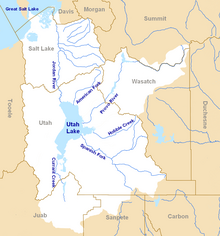
Map of the entire Jordan River Basin
|
|
|
|
|
Mary Magdalene is considered to be a saint by the Catholic, Eastern Orthodox, Anglican, and Lutheran denominations. In 2016, Pope Francis raised the level of liturgical memory on July 22 from memorial to feast, and for her to be referred to as the "Apostle of the apostles".
|
|
|
 Primer Primer
 Anterior
59 a 73 de 73
Següent Anterior
59 a 73 de 73
Següent
 Darrer
Darrer

|

